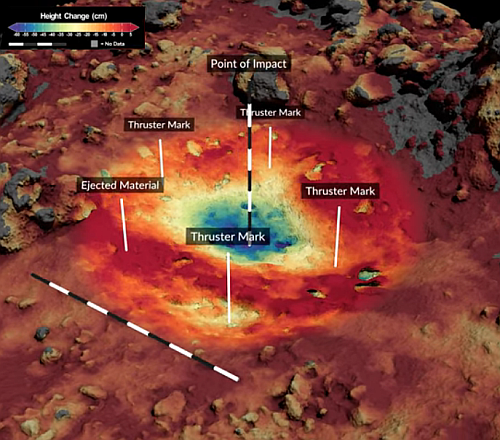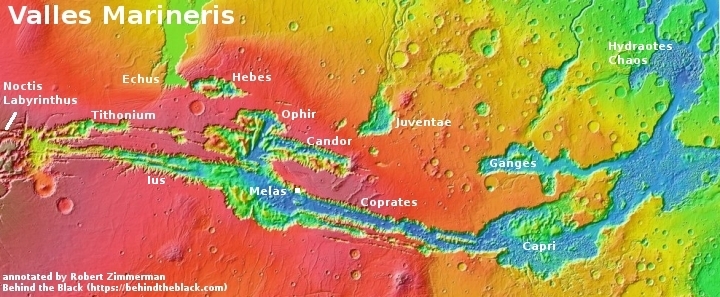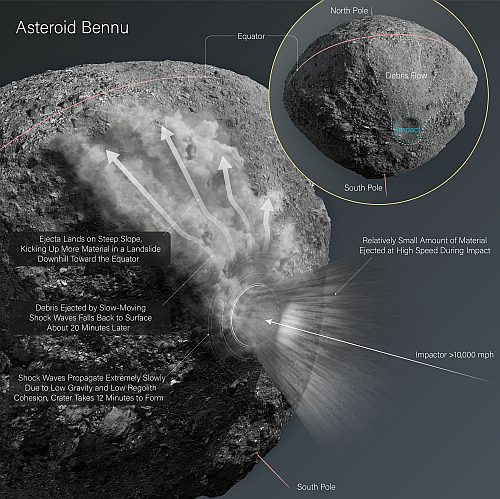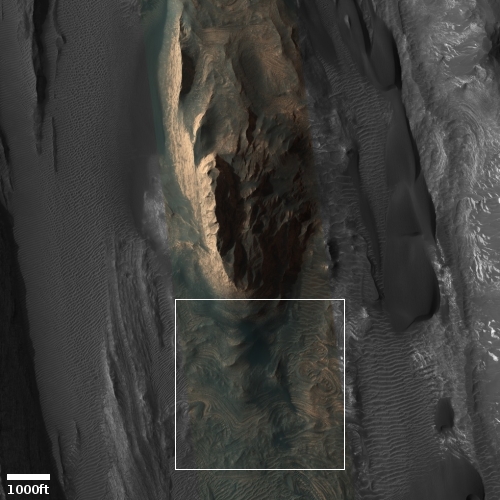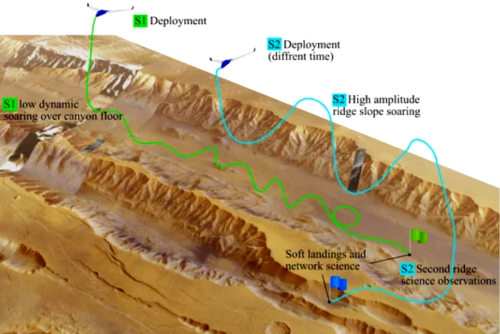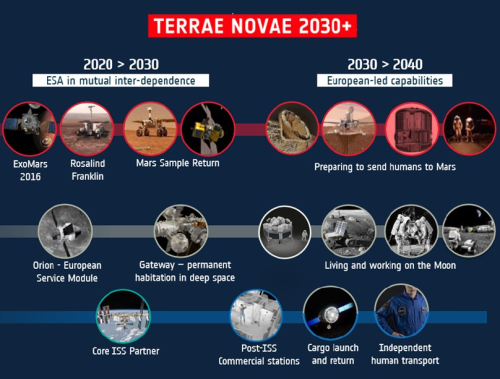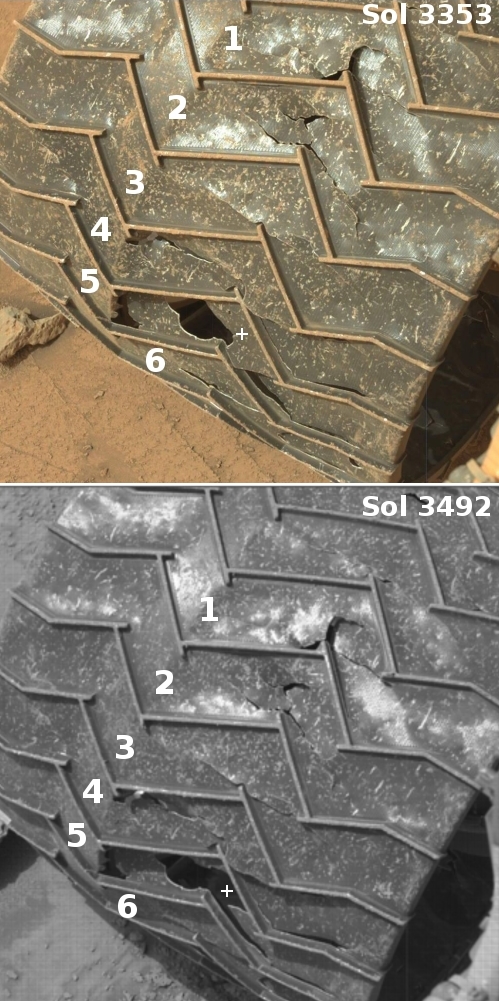Elon Musk gives a tutorial on the Raptor-2 engine
Tim Dodd of Everyday Astronaut on Friday released another video from his most recent tour of Starbase at Boca Chica with Elon Musk. I have embedded it below.
Essentially, this 41 minute video is Elon Musk giving us a tutorial on how SpaceX simplified and improved its Raptor engines from its first iteration to the present Raptor-2. He does this while standing in front of a long row of finished Raptor-2s, all meant for installation in the seventh prototype of Superheavy, the booster now on the launchpad with those engines installed and being prepared for its first static fire test prior to the orbital flight.
Musk revealed two interesting factoids during this video. First SpaceX blew up approximately 20 to 30 Raptor engines during the development phase, and melted the chambers on another 50. All of this was perfectly acceptable, because they designed engine manufacture so that a high production rate was built in. As Musk noted, “A high production rate solves many ills.” Losing engines during testing and development was no big deal because they were able to quickly replace them, with revisions and upgrades.
Secondly, Musk claimed that the Raptor-2 engine has a 99% efficiency, a level of efficiency that is unheard of in any engine for any purpose ever. I wonder if that claim will hold up as new companies and engineers work to beat SpaceX in the coming centuries.
Tim Dodd of Everyday Astronaut on Friday released another video from his most recent tour of Starbase at Boca Chica with Elon Musk. I have embedded it below.
Essentially, this 41 minute video is Elon Musk giving us a tutorial on how SpaceX simplified and improved its Raptor engines from its first iteration to the present Raptor-2. He does this while standing in front of a long row of finished Raptor-2s, all meant for installation in the seventh prototype of Superheavy, the booster now on the launchpad with those engines installed and being prepared for its first static fire test prior to the orbital flight.
Musk revealed two interesting factoids during this video. First SpaceX blew up approximately 20 to 30 Raptor engines during the development phase, and melted the chambers on another 50. All of this was perfectly acceptable, because they designed engine manufacture so that a high production rate was built in. As Musk noted, “A high production rate solves many ills.” Losing engines during testing and development was no big deal because they were able to quickly replace them, with revisions and upgrades.
Secondly, Musk claimed that the Raptor-2 engine has a 99% efficiency, a level of efficiency that is unheard of in any engine for any purpose ever. I wonder if that claim will hold up as new companies and engineers work to beat SpaceX in the coming centuries.




